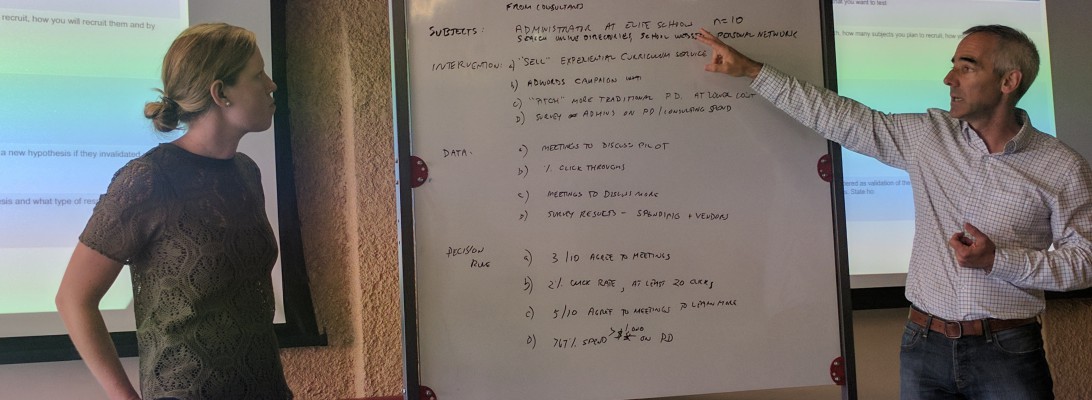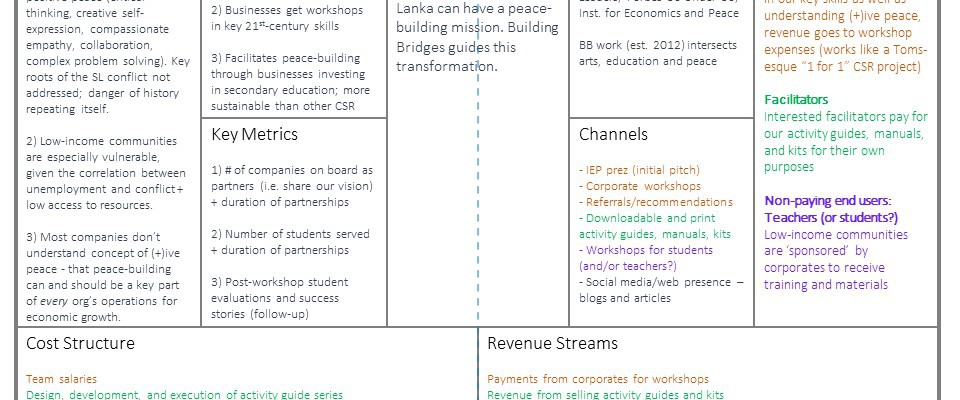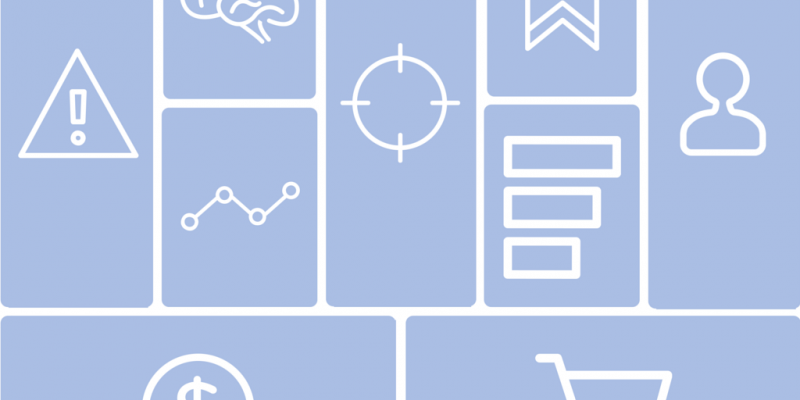The last session of this three-week workshop discussed how we assess risk and test our assumptions.
For the first part of the class, we wrote down three key risks on stickies and assigned them to a box on the Lean Canvas – mine were around whether our paying customers were interested in design thinking methods at all, whether our funding model would require us to spend the bulk of our time catering to our paying customers rather than our low-income beneficiaries, and (if we focus on teacher training over student engagement) whether a lack of resources would prevent teachers from being able to implement what they learned.
Reading through the notes articulated by others in our class made it clear that the most well-articulated risks are those that have an implicit benchmark and are measurable. Continue reading


